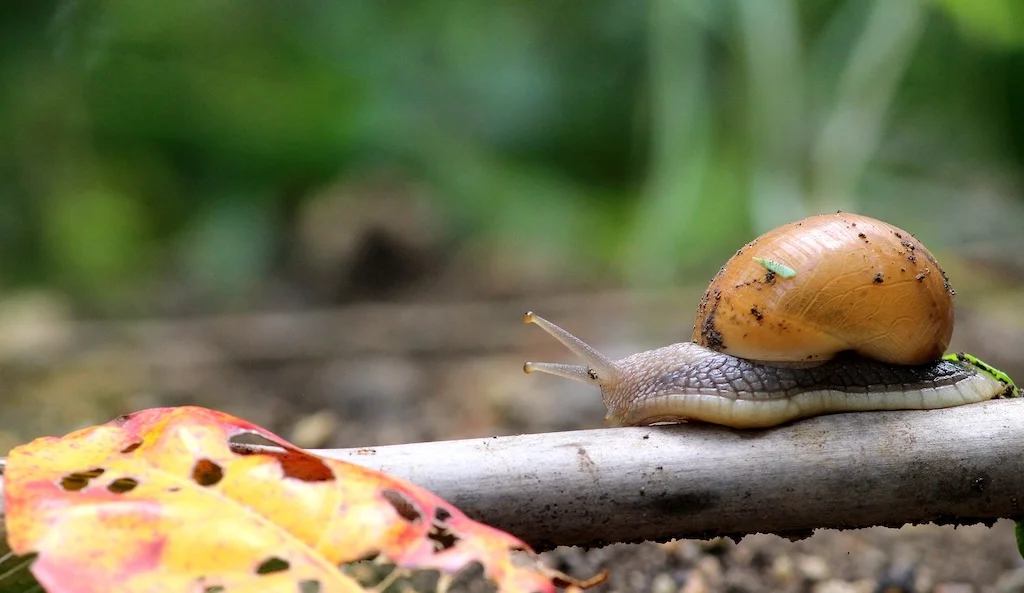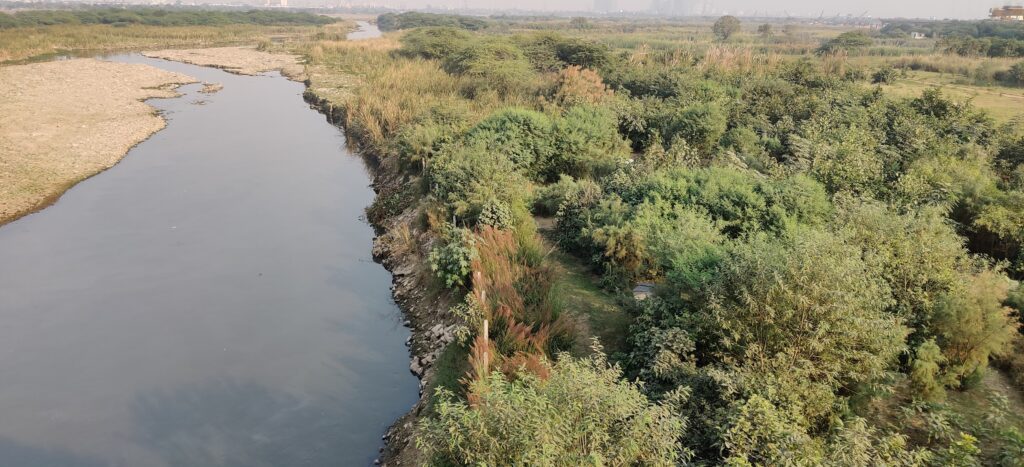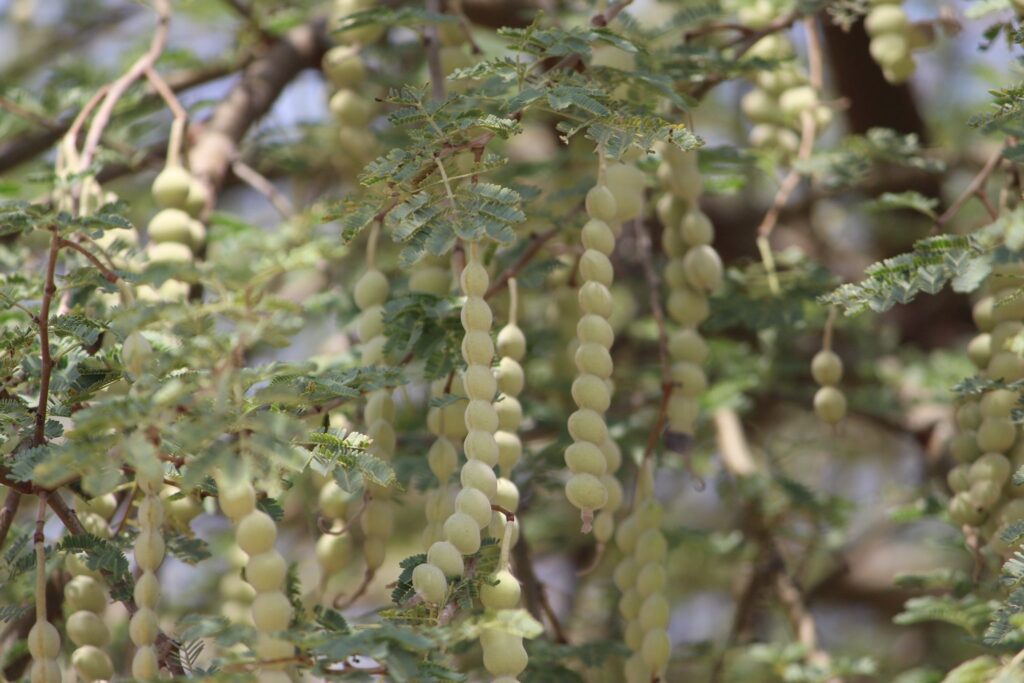Afforestt Eco Services
Through Afforestt Eco Services, we realise the potential of turning any land into a thriving forest ecosystem. Guided by the earth’s own memory of pristine habitats, our methods show that nature-based living is not a distant dream. By weaving native forests into homes, streets, institutions, and community spaces, we create habitats that represent harmony, well-being, and abundance.
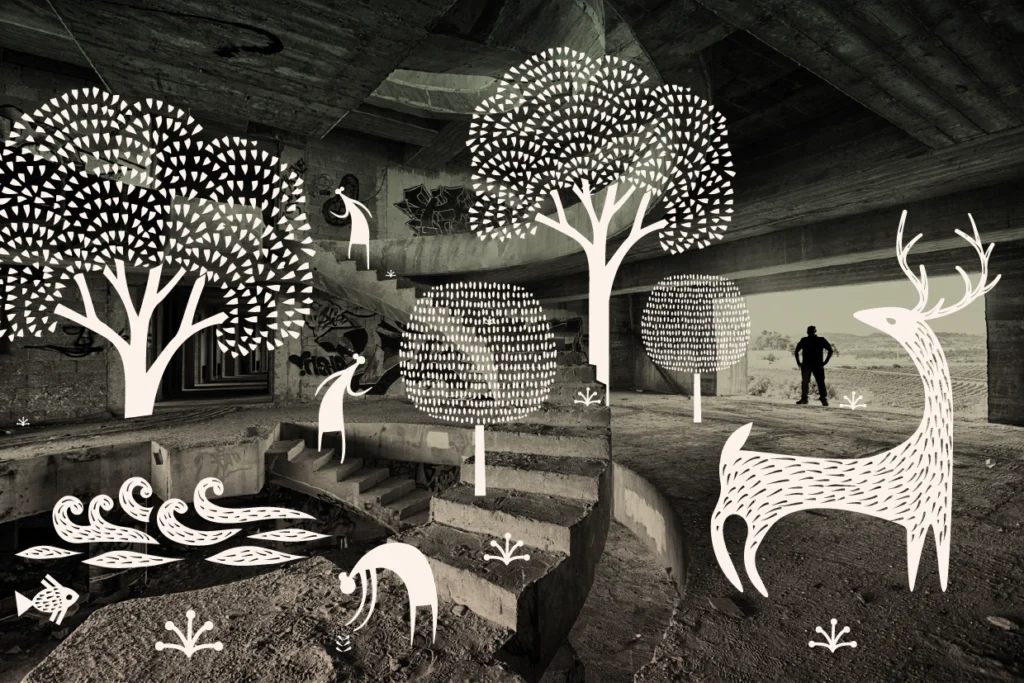
With this vision, we focused on building deep expertise in forest creation and began offering it as a professional service.
Afforestt Eco Services has received support from all quarters—from media to corporates, from governments to private players. We invested in building systems, processes, designs, and strategies that gave forest creation the structure and recognition it deserved.
Today, we are known for our research, documentation, and implementation strengths. Our ecology-specific approach to forest surveys, soil assessment, design development, implementation workflow, supply chain setup, and project monitoring has helped deliver unique projects—from Saudi Arabia to Singapore.
For every site and client, we work to create ecological solutions that are technically sound and holistic—meeting the needs of flora, fauna, soil, water, and people.
What sets us apart is our commitment to transparency. We document and openly share region-specific Standard Operating Procedures (SOPs) with our clients, following strong ethics of open-source knowledge sharing.
Our journey began with a strong belief: forest creation must emerge as a serious, mainstream industry—one that goes beyond conventional tree plantations and ornamental landscaping.
More than Green,
More than Dense
Conventional greening often stops at lawns, ornamental plants, or even random dense plantations. But the forests we create are different, they are designed to mirror the patterns, compositions, and interdependencies of native forests.
Our focus is not on planting for density alone, but on rebuilding the ecological services that only native forests can provide. As we move away from the idea of being “dense for the sake of it,” our projects are taking the shape of authentic forest habitats — resilient, diverse, and alive — like the ones we have lost.
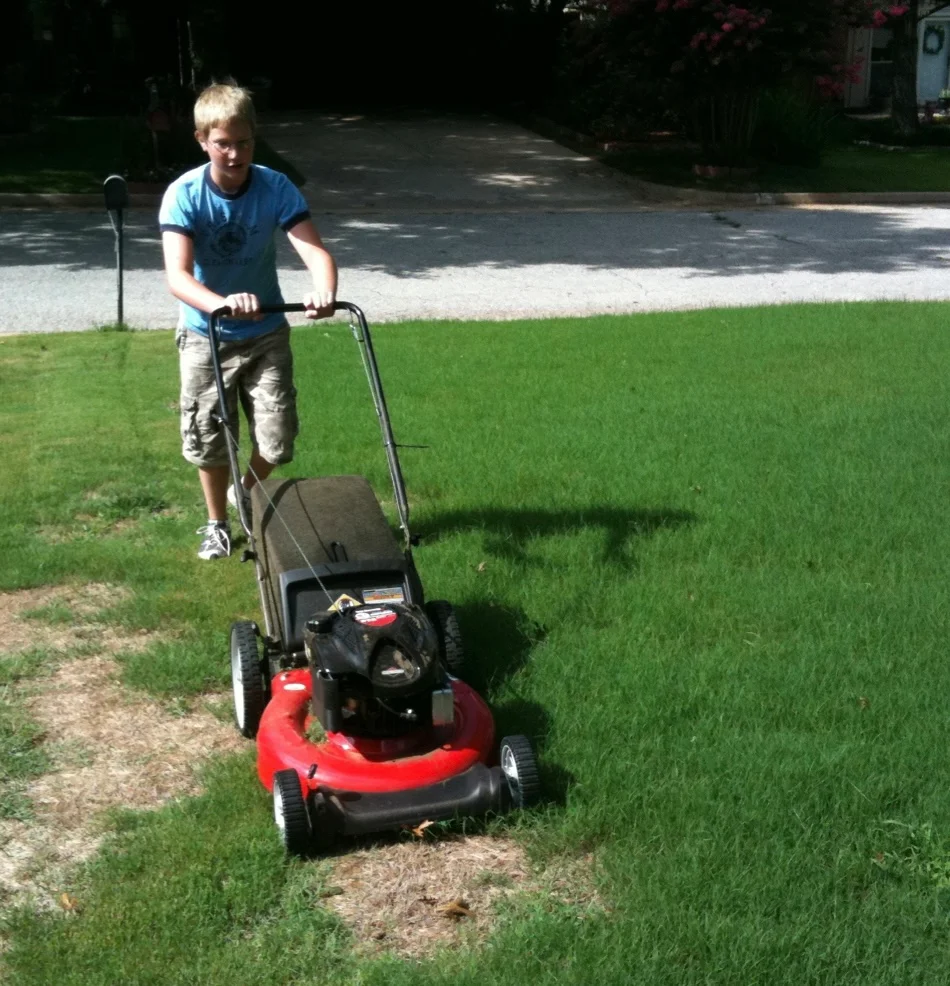
A ten-year old lawn

